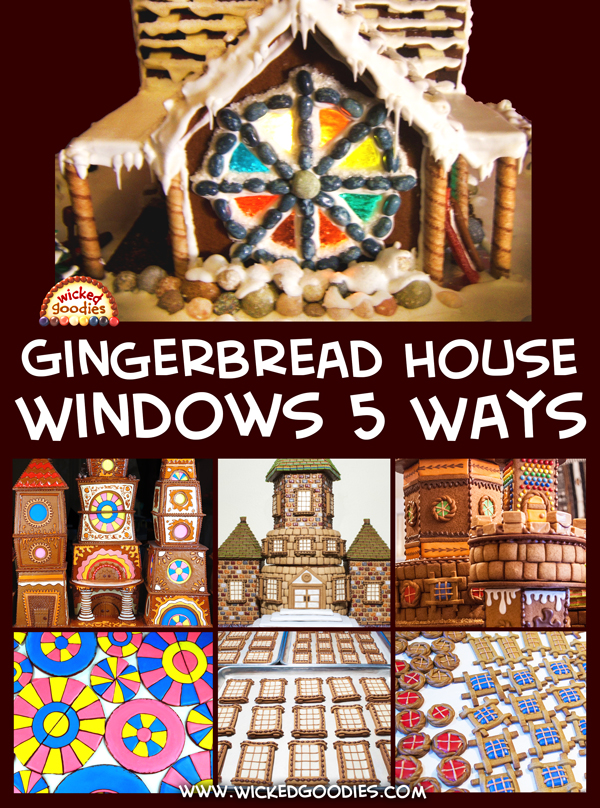
This video tutorial shows how to make five different styles of gingerbread house windows including cut holes, stained glass, lit candy, overlay, and freestanding style.
VIDEO: Gingerbread House Windows 5 Ways
Here is my recipe kit
Gingerbread House Dough Recipe & Baking Instructions
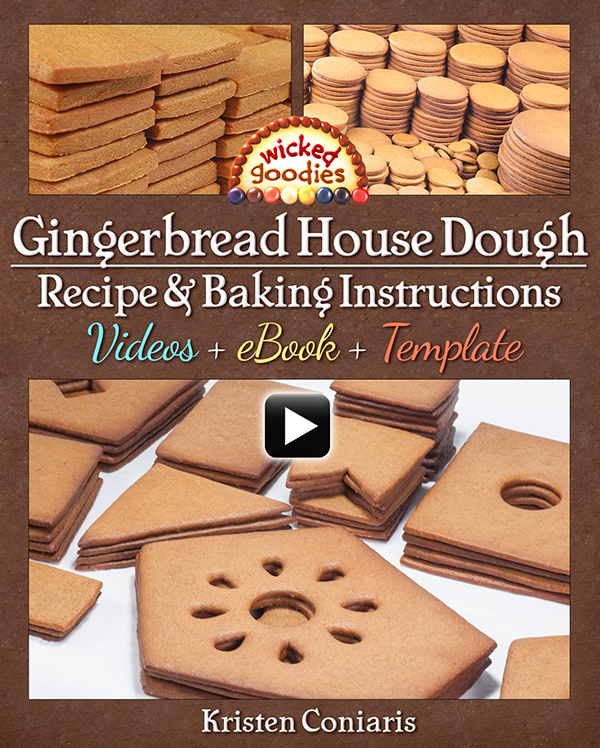
#1
Hole in the Wall
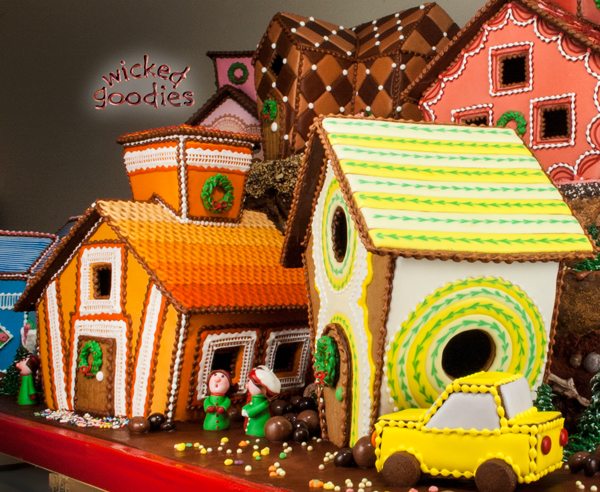

#2
Stained Glass Icing Inset
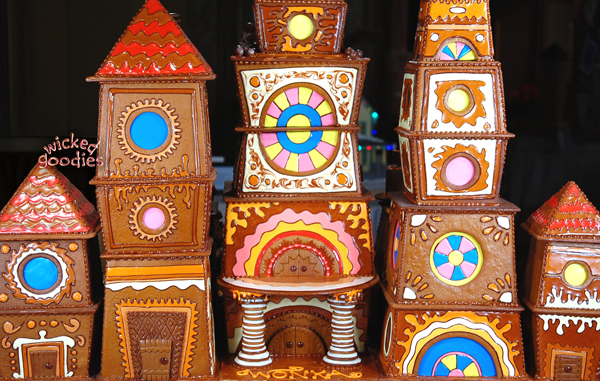

#3
Stained Glass Candy

The trick to this effect is to bake your pieces about two thirds of the way to completion and then add broken pieces of candy into the holes and return them to the oven. See how Kellie Murray used candy to make a lit-from-inside gingerbread house Bed & Breakfast.
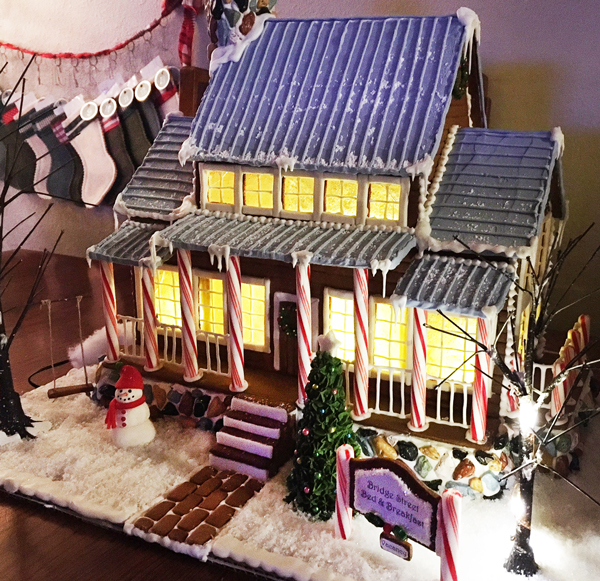
#4
#3D Overlay
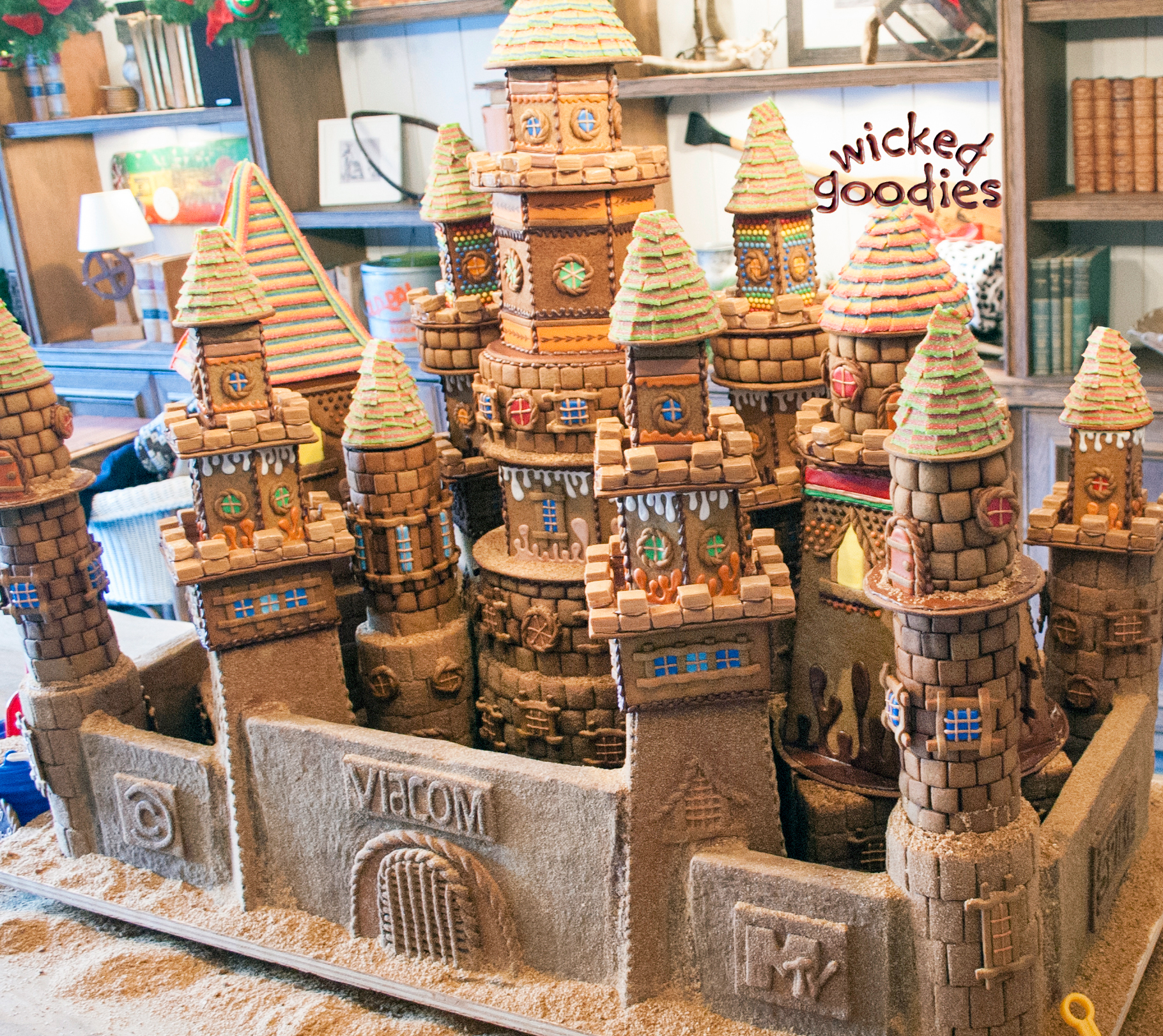
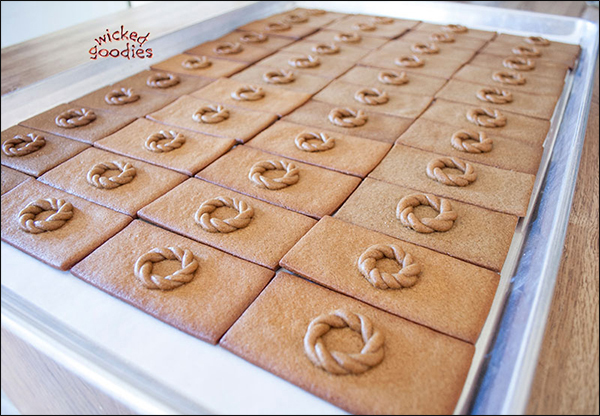
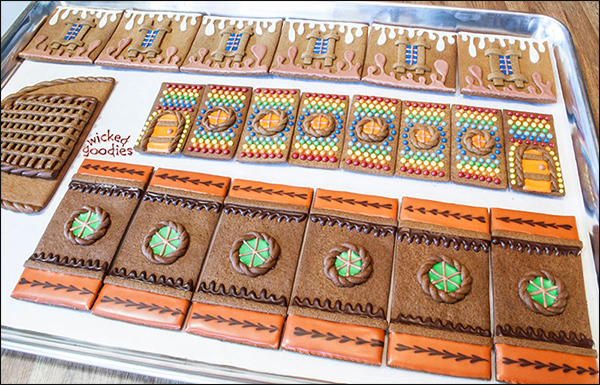
#5
3D Freestanding Windows
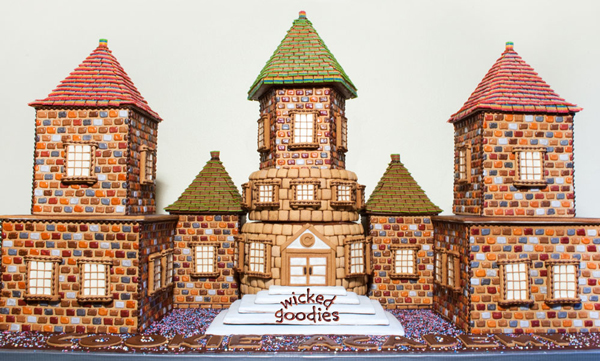

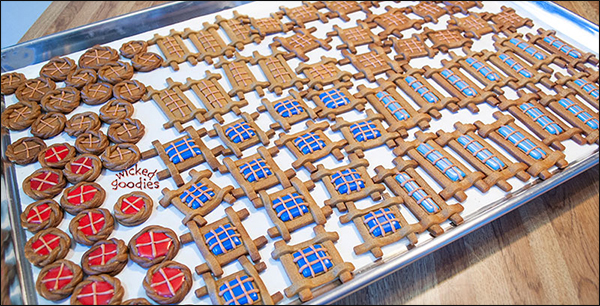

Video Instructions are included in this kit
Gingerbread House Decoration & Construction
You might also enjoy
Gingerbread House Candy Ideas
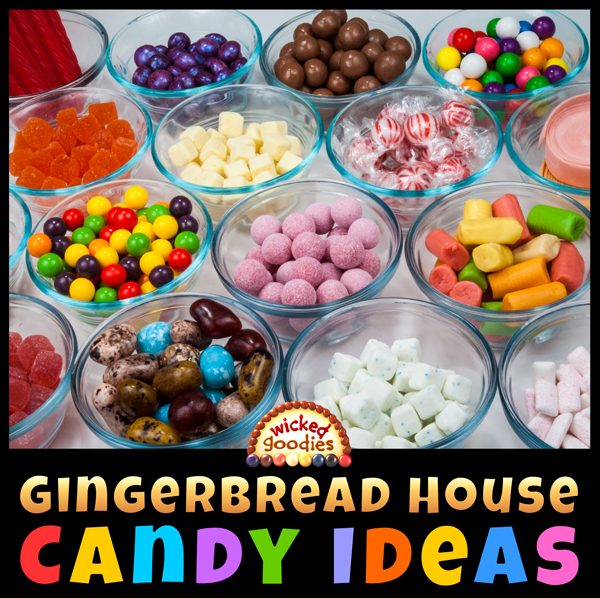
Gingerbread House Doors
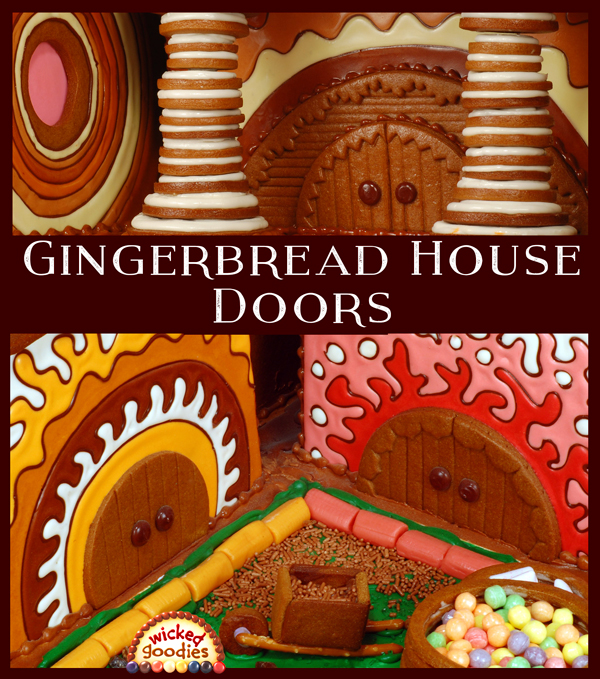
Giant Gingerbread Candy Factory
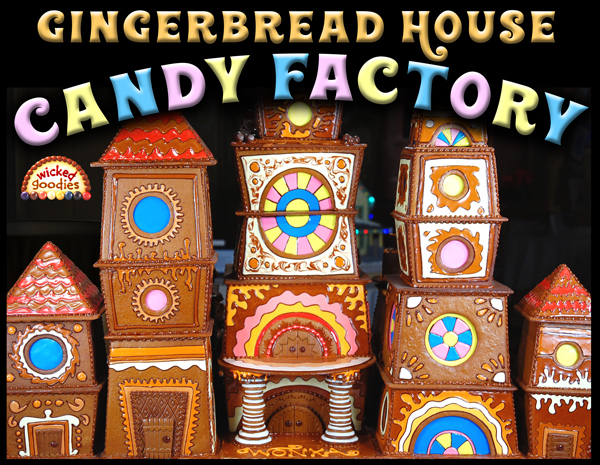
Gingerbread Cookie Chutes & Tunnels

Gingerbread Cookie Car Template

Gingerbread House Tutorials
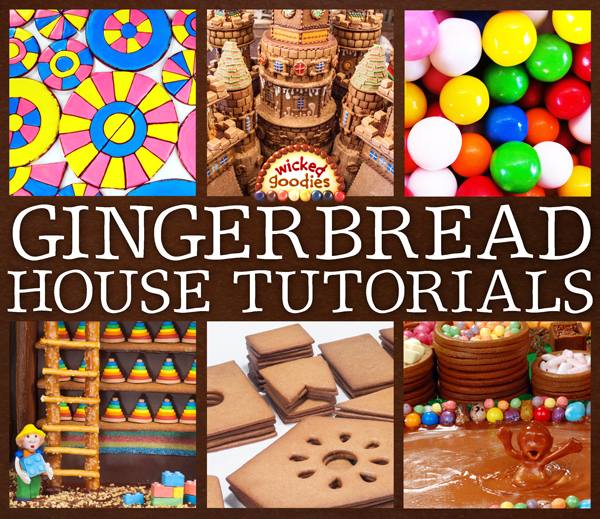

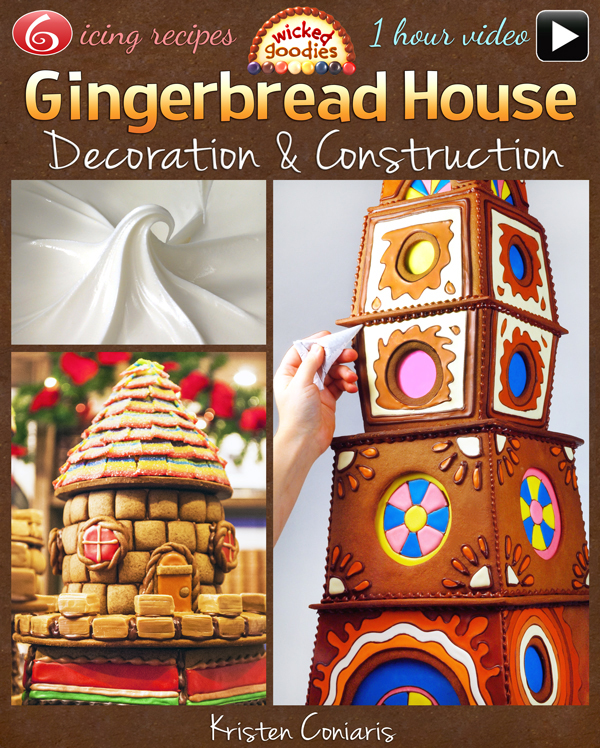
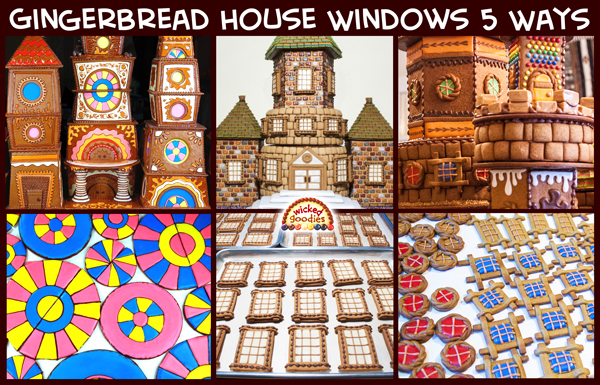



I love your idea for making stained glass windows with melted candy!
I made a volcano cake last summer using red Jolly Ranchers candies melted into a fountain shape to look like lava spraying upward. To my surprise, over the course of a few days, the spray gradually turned into a lava flow! It actually melted over the cake! What a cool accidental effect!
The cake was for a decorating competition, so it sat in a display case for the duration of the event… which was 10 days. I returned a few days later to find the candy entirely melted down the side of the fondant! I guess that’s what you meant when you said that the isomalt holds up better over time.